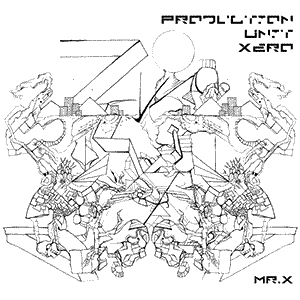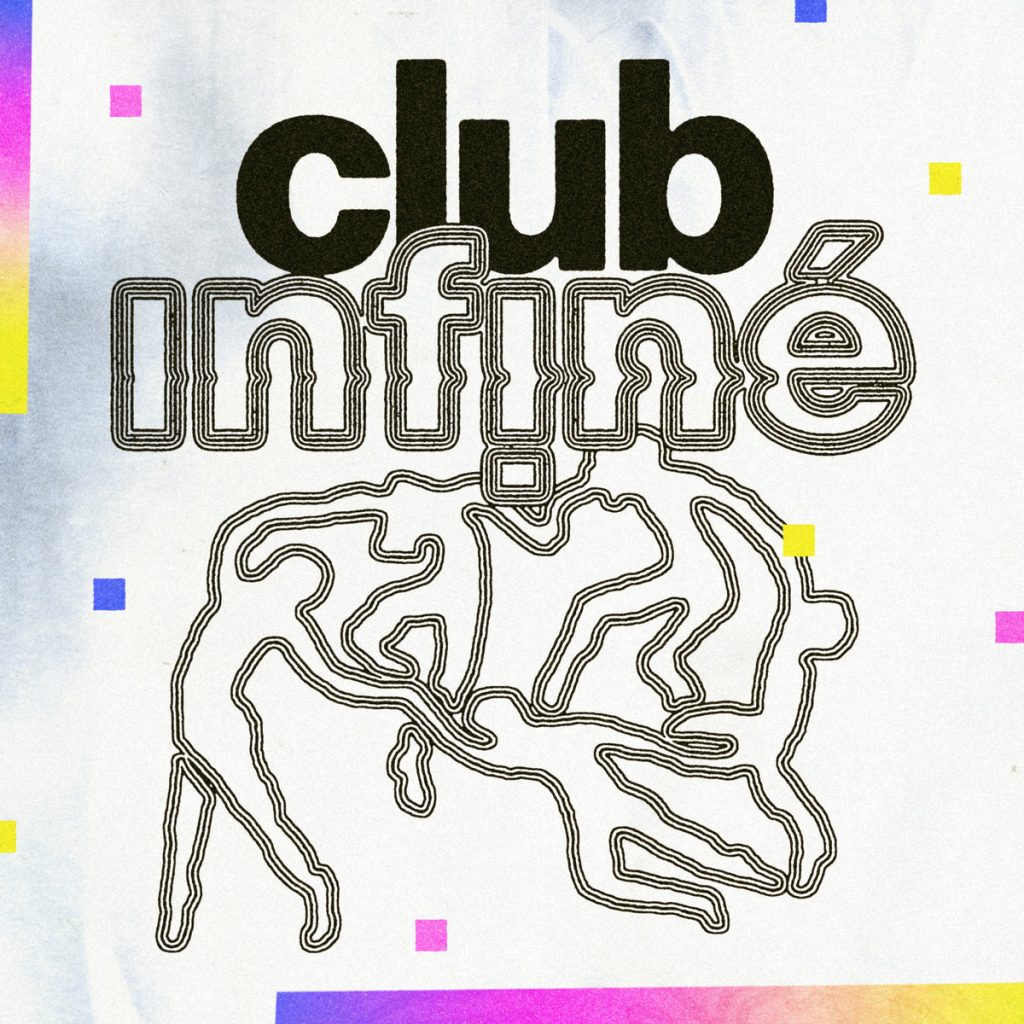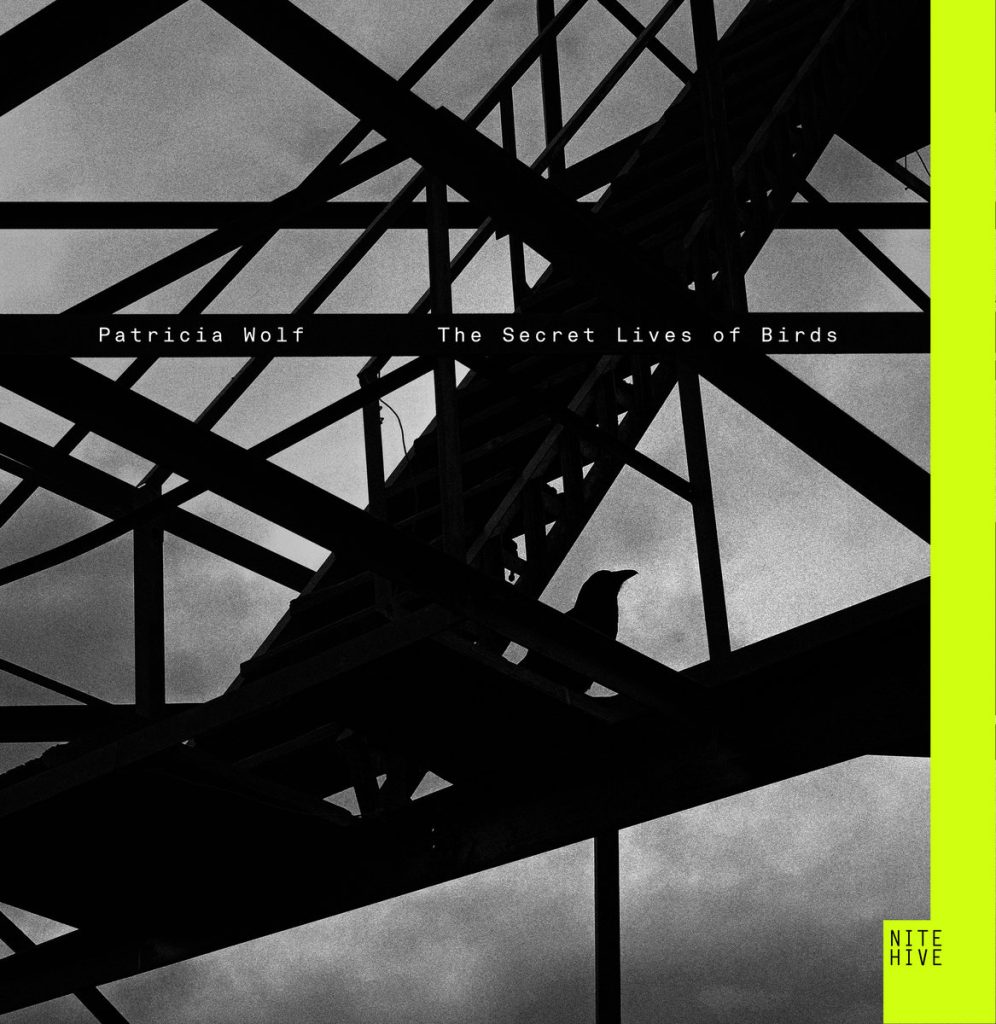Moto Grosso Feio – Wayne Shorter (1970) – Review

When delving into the expansive and storied discography of Wayne Shorter, “Moto Grosso Feio,” released in 1974, stands out as one of the most enigmatic entries. Here is an album that, while remaining true to Shorter’s reputation for innovation and exploration, veers off into terrain less traveled, even by his adventurous standards.
From the onset, “Moto Grosso Feio” invites the listener into a universe distinctly different from Shorter’s earlier works. If one were expecting a linear continuation from his previous efforts with Weather Report or even his solo albums of the ’60s, they’d quickly realize this was a departure. This isn’t to suggest a disconnection from his past but rather a bold foray into new realms.
The album’s title track, “Moto Grosso Feio,” which translates from Portuguese as “big ugly motor,” serves as an appropriate metaphor for the music’s engine: gritty, relentless, and evoking imagery of industrial landscapes and mechanized processes. It’s a sprawling epic of a track that unfolds over 12 minutes, where Shorter’s saxophone interplays beautifully with John McLaughlin’s guitar, offering an engaging dialogue between the two. Their instruments, at times, seem to be conversing, arguing, and harmonizing in the same breath.
“Iska” provides a different flavor. It’s a contemplative piece, where the complexity of the arrangements is evident. Shorter’s soprano saxophone soars, delves, and dances, guiding the listener through a labyrinth of sound. There’s a certain spaciousness to this track, a quality that allows for introspection amidst the intricate instrumentation.
“Manhattan Lorelei” is perhaps the most accessible track on the album. Its nod to more traditional jazz structures provides a sense of familiarity, but this isn’t a regression. The song serves as a reminder of Shorter’s roots, his foundational love for jazz, and his ability to interweave conventional and avant-garde elements seamlessly.
The inclusion of Brazilian percussionist Airto Moreira on “Vera Cruz” infuses the track with a rhythmic vivacity that feels both earthy and ethereal. There’s an organic nature to this piece, a raw heartbeat that pulses beneath the surface of Shorter’s melodic explorations. It’s a journey to a different place, perhaps a rainforest or a bustling Brazilian cityscape, showcasing Shorter’s fascination with world music.
Yet, while the album is undeniably innovative, its experimental nature might be a double-edged sword for some. “Moto Grosso Feio” demands attentive listening. It’s not an album of instant gratification but requires patience and immersion. For the uninitiated or those expecting a more conventional jazz experience, it might feel overwhelming or esoteric.
However, for those willing to engage, the rewards are plentiful. With each subsequent listen, new layers emerge, and the genius of Shorter’s compositions becomes even more apparent. This is an album that encourages, if not demands, exploration.
“Moto Grosso Feio” can be seen as a pivotal moment in Wayne Shorter’s illustrious career. It’s a testament to his restless spirit and desire to constantly evolve, to seek out new horizons and challenge both himself and his listeners. While it may not be for everyone, its place in the annals of jazz history is indisputable. For those attuned to its frequency, it’s a profound experience that resonates deeply, long after the final note has been played.




